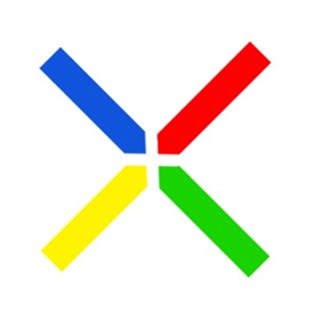ASUS’ $249 MeMo Android tablet, which first debuted at the CES in January, is rumored to be the first Google Nexus tablet, set to retail between $149 and $199.
With the third iPad causing a frenzy today, it’s going to be even more difficult for Android tablets to keep up – especially with the previously-untrailable iPad 2 still retailing for $100 less. Nevertheless, an employee from within the supply chain of the ASUS device has apparently confirmed the news to Android and Me, a blog covering the ins and outs of Google’s mobile OS.
In order to keep the price within that über-cheap bracket, ASUS may opt for a dual-core chip instead of the NVIDIA’s quad-core Tegra 3. The OMAP 4 processor created by Texas Instruments looks in pole position to power the Nexus tablet. This would certainly make sense, since as Android software is pre-programmed for OMAP support after the Big G’s previous work with the company on the much-delayed Galaxy Nexus smartphone, which also contained the OMAP 4.
Although some will surely be quick to write the Nexus Tablet off as a sure-fire loser, it’s worth noting that hitherto, the only devices which could even class themselves as even close to successful in terms of sales have been the cheap, 7-inch Kindle Fire from Amazon, and Barnes & Noble’s Nook Tablet, which collectively accounted for one fifth of all US tablet sales in Q1 of 2012.
Both devices run on Android, but since both come from two of the most popular booksellers, they each have their own content stores, meaning Google doesn’t gain much from either with all said and done.
There’s no doubt a Google-branded tablet at sub-$200 price point would appeal to the consumer – at least initially. But producing quality for that sort of price is extremely difficult, and one suspects that once consumers tested out the device, it would join the many other also-ran Android tablets in what is becoming a familiar, demoralizing trend.
As discussed in more detail in this post, the Android platform itself could be to blame rather than the tablets themselves, which seems a more likely culprit for Android’s deficit in the market, but what do you guys think?
You may also like to check out:
You can follow us on Twitter, add us to your circle on Google+ or like our Facebook page to keep yourself updated on all the latest from Microsoft, Google, Apple and the web.

